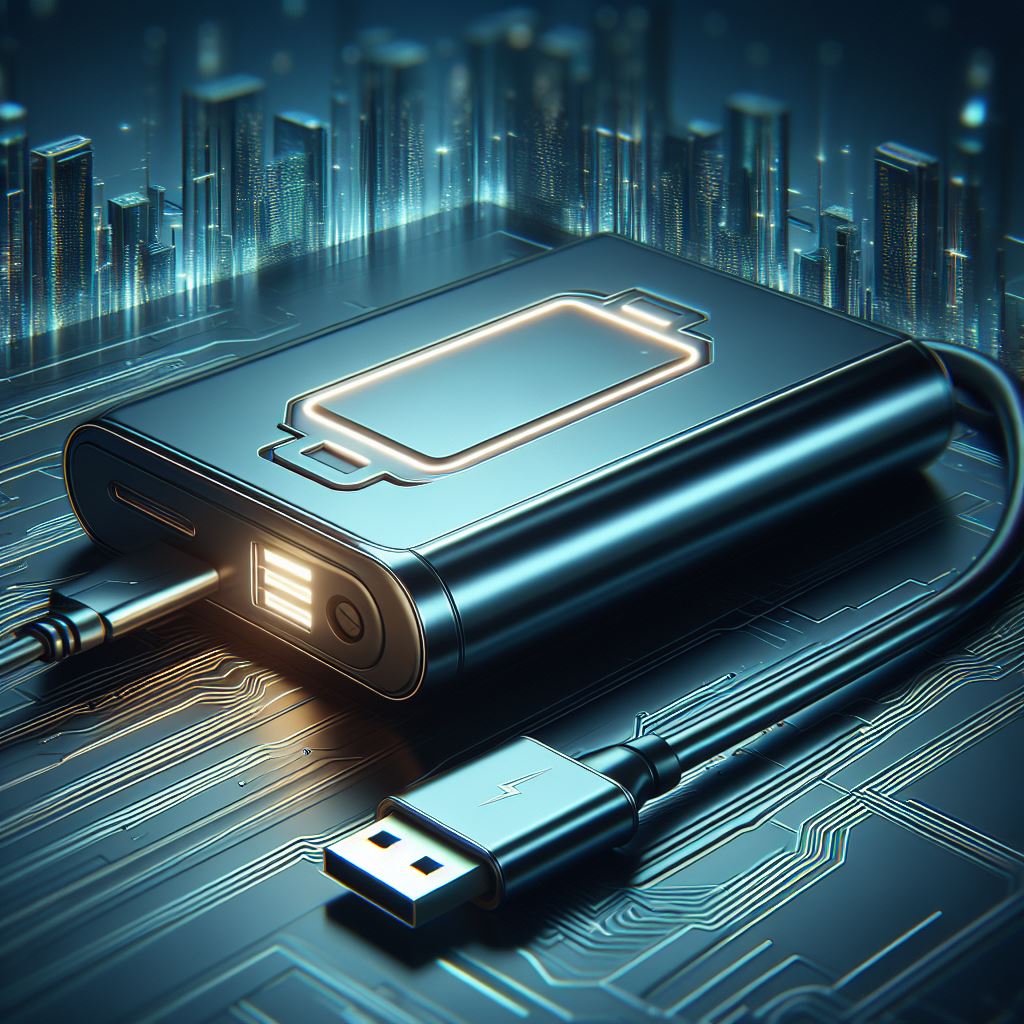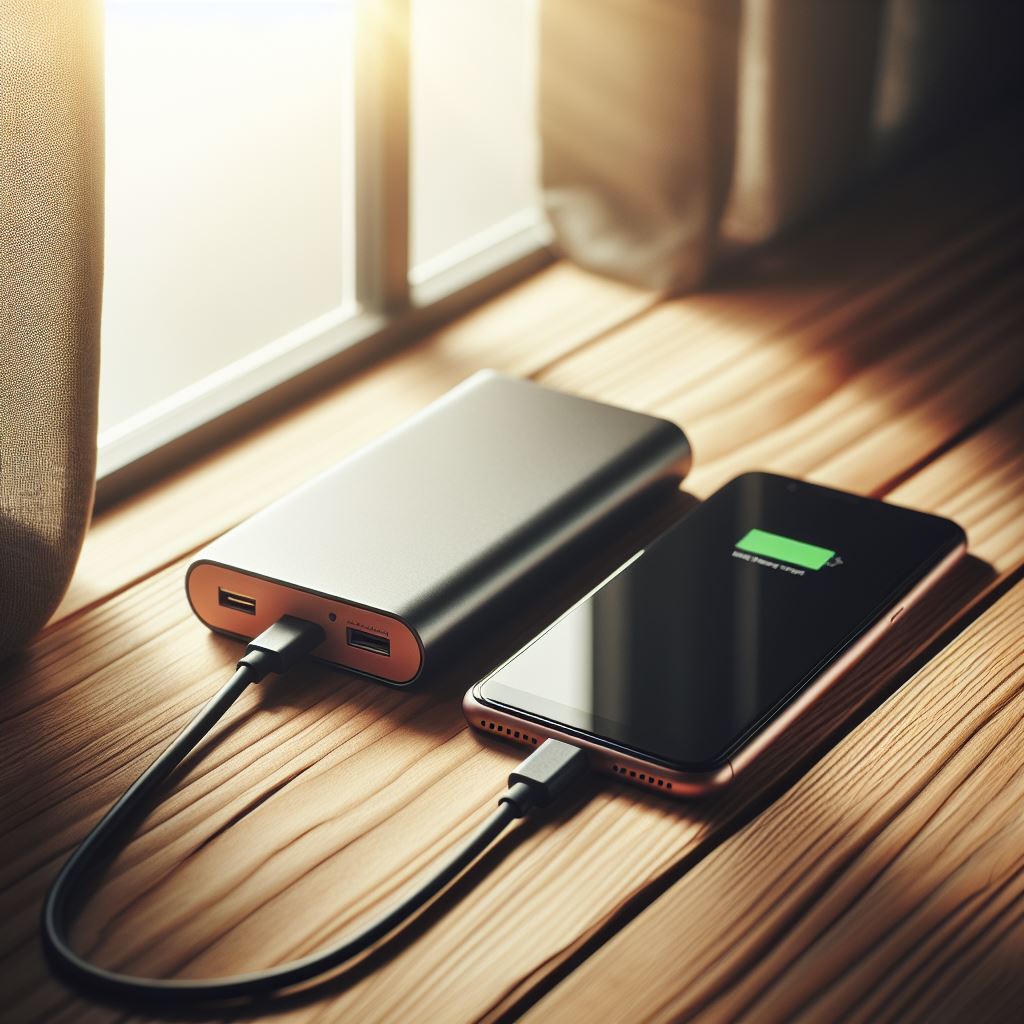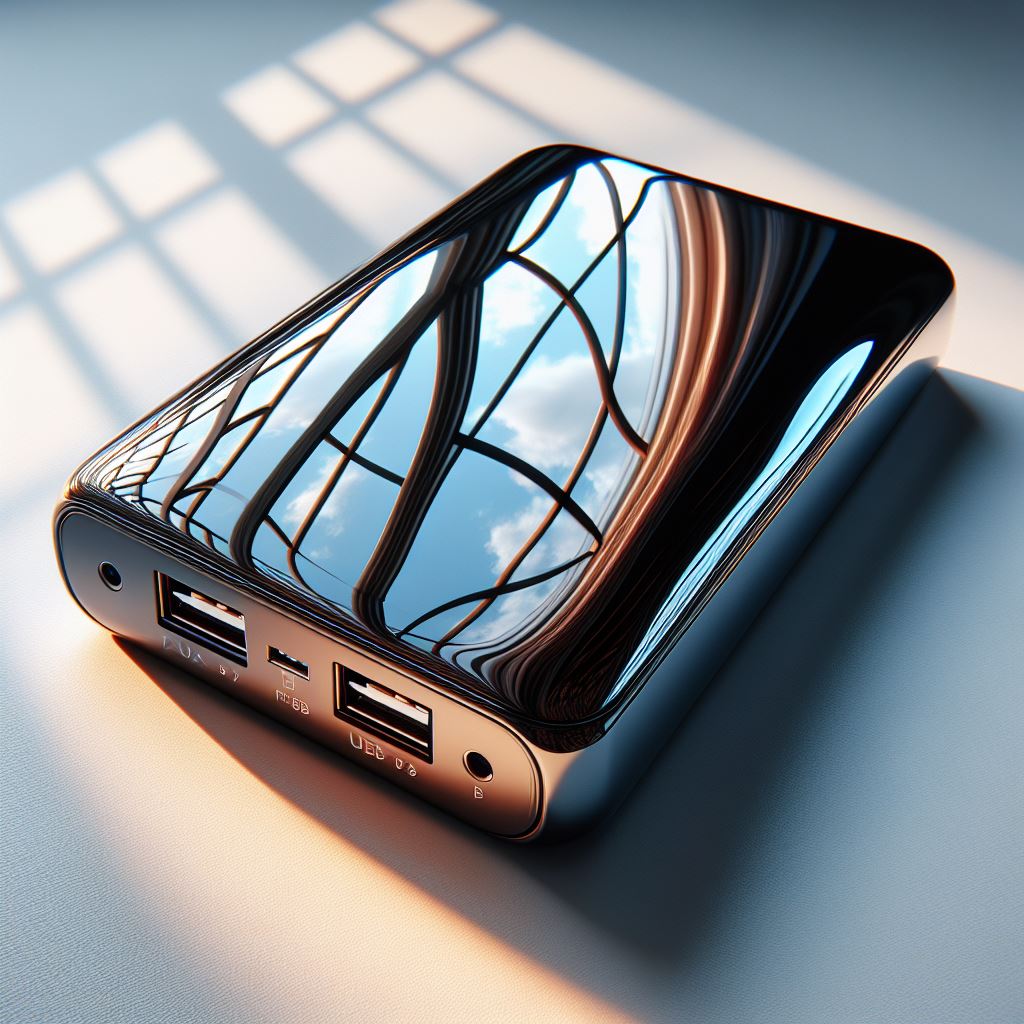The Role of MLCC in Power Bank

In today’s fast-paced digital world, staying connected is more important than ever. Whether you’re traveling, working, or simply out and about, having a reliable power source for your devices is crucial. This is where power banks come in.
Power banks, also known as portable chargers or battery packs, are compact, portable devices that store electrical energy and can be used to recharge smartphones, tablets, laptops, and other electronic devices on the go. They provide a convenient solution for situations where access to a power outlet is limited or unavailable.
The key component that enables power banks to store and deliver electrical energy efficiently is the Multilayer Ceramic Capacitor (MLCC). MLCCs are a type of capacitor that consist of multiple layers of ceramic material sandwiched between alternating layers of metal electrodes. These capacitors are known for their high capacitance-to-volume ratio, excellent temperature stability, and low equivalent series resistance (ESR), making them ideal for use in power banks.
In a power bank, MLCCs play a critical role in stabilizing voltage levels, filtering out noise, and improving the overall efficiency and reliability of the device. They help to ensure that the power output from the battery is smooth and consistent, which is essential for charging sensitive electronic devices safely.

Role of MLCCs in Power Banks
Multilayer Ceramic Capacitors (MLCCs) play a crucial role in the operation and performance of power banks. These small but powerful components are responsible for several key functions that are essential for the proper functioning of a power bank:
Voltage Regulation: MLCC helps regulate the voltage output of the power bank, ensuring that it remains stable and within the safe operating range for connected devices. This is particularly important for charging sensitive electronics like smartphones and tablets, which can be damaged if exposed to excessive voltage.
Noise Filtering: MLCCs act as noise filters, removing unwanted electrical noise and interference from the power output of the power bank. This helps to ensure a clean and stable power supply, which is essential for the proper functioning of electronic devices.
Energy Storage: MLCCs store electrical energy, allowing the power bank to deliver a quick burst of power when needed, such as when charging a device or powering a high-demand application. This helps to ensure that the power bank can meet the power requirements of connected devices, even during peak usage periods.
Efficiency Improvement: MLCCs can improve the overall efficiency of a power bank by reducing power losses and improving the conversion efficiency of the device. This can help to extend the battery life of the power bank and reduce the amount of heat generated during operation.
Temperature Stability: MLCCs are highly stable over a wide range of temperatures, making them ideal for use in power banks, which may be subjected to varying environmental conditions. This helps to ensure that the power bank remains reliable and effective, even in challenging operating environments.
Types of MLCCs Used in Power Banks
Power banks utilize Multilayer Ceramic Capacitors (MLCCs) for their compact size, high capacitance, and reliability. There are several types of MLCCs commonly used in power banks, each with its own characteristics and advantages:
X7R MLCCs: These are the most commonly used MLCCs in power banks due to their high capacitance values and stable performance over a wide temperature range. X7R MLCCs are suitable for applications where a balance between capacitance, voltage, and temperature stability is required.
X5R MLCCs: Similar to X7R MLCCs, X5R MLCCs offer high capacitance values and stable performance over a wide temperature range. However, they typically have a lower voltage rating compared to X7R MLCCs, making them suitable for lower voltage applications in power banks.
Y5V MLCCs: Y5V MLCCs offer the highest capacitance values among ceramic capacitors, but they have poor temperature stability and high losses. They are typically used in applications where high capacitance is more important than temperature stability, such as decoupling and filtering in power banks.
C0G (NP0) MLCCs: C0G MLCCs offer the most stable performance over temperature changes but have lower capacitance values compared to X7R, X5R, and Y5V MLCCs. They are typically used in applications where temperature stability is critical, such as in precision voltage regulation circuits in power banks.
MLCC Selection Criteria for Power Banks
Selecting the right Multilayer Ceramic Capacitors (MLCCs) for power banks is crucial to ensure their optimal performance and reliability. Here are some key criteria to consider when choosing MLCCs for power bank applications:
Capacitance: The capacitance of the MLCC should be chosen based on the power requirements of the power bank and the devices it will be charging. Higher capacitance values allow the MLCC to store more energy and deliver a more stable power output.
Voltage Rating: The voltage rating of the MLCC should be higher than the maximum voltage that the power bank will be subjected to. This ensures that the MLCC can safely handle the voltage without failing.
Temperature Stability: MLCCs are available in different temperature coefficients, such as X7R, X5R, Y5V, and C0G. The temperature coefficient determines how the capacitance of the MLCC will change with temperature. For power banks, it is important to choose MLCCs with a temperature coefficient that provides stable performance over the expected temperature range.
Size and Package: The size and package of the MLCC should be chosen based on the space available in the power bank and the desired capacitance value. Smaller MLCCs are preferred for compact designs, but larger MLCCs may be necessary for higher capacitance requirements.
ESR (Equivalent Series Resistance): The ESR of the MLCC should be low to minimize power losses and improve the efficiency of the power bank. Low ESR MLCCs are preferred for power bank applications.
Reliability: Choose MLCCs from reputable manufacturers with a proven track record of reliability. MLCCs are critical components in power banks, and using high-quality, reliable MLCCs can help ensure the long-term performance of the power bank.
Cost: Consider the cost of the MLCCs, but prioritize quality and reliability over cost. Using cheap or low-quality MLCCs can lead to performance issues and reliability problems in the power bank.
By carefully considering these criteria, you can select the right MLCCs for your power bank application, ensuring that it delivers reliable and efficient performance.

MLCC Reliability and Durability in Power Banks
Multilayer Ceramic Capacitors (MLCCs) play a critical role in the reliability and durability of power banks. Here are some key points regarding their reliability and durability in power bank applications:
Temperature Cycling: Power banks are often subjected to temperature variations due to charging, discharging, and environmental factors. MLCCs used in power banks should be able to withstand these temperature cycles without degradation in performance.
Vibration and Mechanical Stress: Power banks can experience mechanical stress and vibration during handling and transportation. MLCCs should be able to withstand these conditions to ensure long-term reliability.
High Voltage and Current: MLCCs in power banks are exposed to high voltage and current during charging and discharging cycles. They should be able to handle these conditions without breakdown or degradation.
Humidity and Environmental Factors: MLCCs should be able to withstand high humidity and other environmental factors to ensure long-term reliability in power banks.
ESD (Electrostatic Discharge): MLCCs should be able to withstand ESD events, which can occur during handling or use, without damage.
Quality Control: MLCCs used in power banks should undergo stringent quality control measures to ensure that they meet the required specifications and standards for reliability and durability.
Lifetime Expectancy: MLCCs used in power banks should have a long lifetime expectancy to ensure that the power bank remains reliable over its lifetime.
MLCC Applications in Power Banks
Multilayer Ceramic Capacitors (MLCCs) are essential components in power banks, playing a critical role in their performance and functionality. Here are some specific applications of MLCCs in power banks:
Voltage Regulation: MLCCs are used in voltage regulation circuits within power banks to ensure a stable output voltage. They help to smooth out voltage fluctuations and ensure a consistent power supply to connected devices.
Noise Filtering: MLCCs are used for noise filtering in power banks, helping to remove unwanted electrical noise and interference from the power output. This ensures a clean and stable power supply, which is essential for charging sensitive electronic devices.
Energy Storage: MLCCs store electrical energy in power banks, allowing them to deliver a quick burst of power when needed. This is particularly important during device charging, where sudden spikes in power demand can occur.
Decoupling Capacitors: MLCCs are used as decoupling capacitors in power banks to isolate different parts of the circuit and prevent interference between them. This helps to ensure the stability and reliability of the power bank’s operation.
Input and Output Capacitors: MLCCs are used as input and output capacitors in power banks to stabilize the voltage and current levels. They help to improve the efficiency and reliability of the power bank’s power conversion process.
Protection Circuits: MLCCs are used in protection circuits within power banks to protect against overvoltage, overcurrent, and short-circuit conditions. They help to ensure the safety of both the power bank and the connected devices.
Overall, MLCCs play a crucial role in the operation and performance of power banks, enabling them to provide a reliable and efficient power supply for charging electronic devices on the go.
MLCC Testing and Quality Assurance in Power Banks
Ensuring the quality and reliability of Multilayer Ceramic Capacitors (MLCCs) used in power banks is crucial to their performance and longevity. Here are some key aspects of MLCC testing and quality assurance in power bank applications:
Incoming Inspection: MLCCs should undergo incoming inspection to verify that they meet the required specifications and standards. This includes checking the capacitance, voltage rating, temperature coefficient, and other relevant parameters.
Reliability Testing: MLCCs should undergo reliability testing to ensure that they can withstand the expected operating conditions in power banks. This includes testing for temperature cycling, humidity, mechanical stress, and other environmental factors.
ESD Testing: MLCCs should undergo Electrostatic Discharge (ESD) testing to ensure that they can withstand ESD events without damage. This is particularly important for components that are exposed to handling during assembly and use.
Life Testing: MLCCs should undergo life testing to determine their expected lifespan under normal operating conditions. This helps to ensure that the MLCCs used in power banks will remain reliable over their expected lifetime.
Quality Control: MLCC manufacturers should have stringent quality control measures in place to ensure that each component meets the required standards for reliability and performance. This includes monitoring the manufacturing process and conducting regular quality audits.
Traceability: MLCCs used in power banks should be traceable to their original manufacturer and batch number. This helps to ensure that any issues with the components can be traced back to their source and addressed accordingly.
Compliance: MLCCs used in power banks should comply with relevant industry standards and regulations, such as RoHS (Restriction of Hazardous Substances) and REACH (Registration, Evaluation, Authorization, and Restriction of Chemicals). Compliance with these standards ensures that the components are safe and environmentally friendly.
By ensuring the quality and reliability of MLCCs used in power banks through testing and quality assurance measures, manufacturers can ensure that their power banks deliver the performance and reliability expected by consumers.
